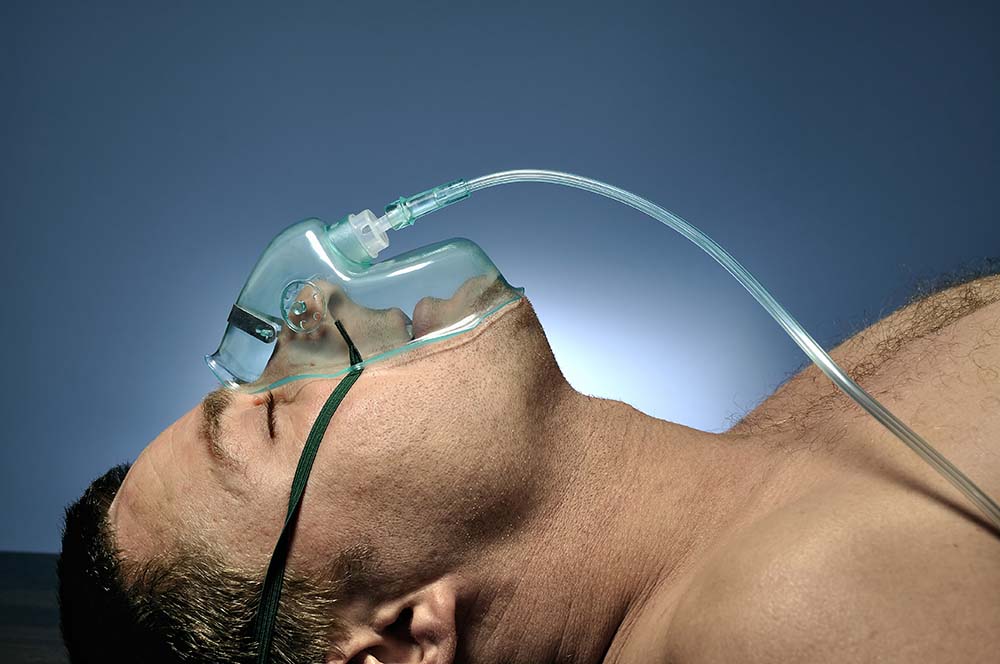Introduction
Chronic obstructive pulmonary disease (COPD) is a progressive lung condition characterized by restricted airflow, making it challenging for individuals to breathe. For some COPD patients, the disease reaches a point where their oxygen levels drop significantly, necessitating supplemental oxygen therapy. This therapy plays a crucial role in managing COPD symptoms and improving the quality of life for affected individuals.
Indications for Oxygen Therapy in COPD
Supplemental oxygen therapy is prescribed to COPD patients when their arterial oxygen levels (PaO2) fall below 55 mm Hg or their oxygen saturation (SaO2) drops below 88% during rest, sleep, or exertion. Oxygen therapy helps maintain adequate oxygen levels in the blood, reducing the risk of complications associated with severe hypoxemia.
Alleviation of Symptoms
COPD patients often experience symptoms like shortness of breath, fatigue, and decreased exercise tolerance due to inadequate oxygen levels. Supplemental oxygen therapy provides the necessary oxygen supply, relieving these symptoms and enabling patients to engage in daily activities with less effort and discomfort.
Improved Exercise Capacity
Regular physical activity is crucial for COPD patients, but low oxygen levels can limit their exercise capacity. Oxygen therapy enhances oxygen saturation during exercise, allowing patients to participate in physical activities more effectively. This improvement contributes to maintaining muscle strength, cardiovascular health, and overall well-being.
Enhanced Cognitive Function
Inadequate oxygen levels can lead to cognitive impairment and memory difficulties. Oxygen therapy improves brain oxygenation, helping COPD patients think more clearly, concentrate better, and maintain cognitive function. This is especially beneficial for patients who struggle with mental clarity due to hypoxemia.
Reduction in Pulmonary Hypertension
COPD patients with severe hypoxemia can develop pulmonary hypertension, a condition where the blood vessels in the lungs constrict, leading to increased pressure in the pulmonary arteries. Supplemental oxygen therapy reduces the workload on the heart by improving oxygen supply, potentially slowing the progression of pulmonary hypertension.
Prevention of Secondary Complications
Hypoxemia in COPD patients can lead to complications such as arrhythmias, heart failure, and impaired wound healing. Oxygen therapy addresses these risks by maintaining adequate oxygen levels, reducing the likelihood of these complications and improving overall health outcomes.
Proper Administration and Monitoring
Effective use of supplemental oxygen therapy requires proper administration and monitoring. Healthcare providers determine the appropriate oxygen flow rate based on individual needs and monitor oxygen saturation levels using pulse oximetry. Regular assessments ensure that therapy remains effective and oxygen levels are within the desired range.
Conclusion
Supplemental oxygen therapy is a valuable tool in managing COPD and improving the lives of patients. By alleviating symptoms, enhancing exercise capacity, promoting cognitive function, and preventing complications, this therapy enables COPD patients to lead more active and fulfilling lives. With careful monitoring and proper administration, supplemental oxygen therapy serves as a vital component of COPD management, offering relief and support to those facing the challenges of this chronic lung condition.

